-
 Bitcoin
Bitcoin $117900
0.31% -
 Ethereum
Ethereum $3766
0.28% -
 XRP
XRP $3.176
-0.31% -
 Tether USDt
Tether USDt $1.000
0.00% -
 BNB
BNB $795.6
1.51% -
 Solana
Solana $186.8
-1.09% -
 USDC
USDC $0.9999
-0.01% -
 Dogecoin
Dogecoin $0.2353
-1.33% -
 TRON
TRON $0.3226
1.49% -
 Cardano
Cardano $0.8172
-1.08% -
 Sui
Sui $4.178
3.06% -
 Hyperliquid
Hyperliquid $43.05
-3.39% -
 Stellar
Stellar $0.4367
-0.57% -
 Chainlink
Chainlink $18.62
1.47% -
 Hedera
Hedera $0.2828
6.63% -
 Bitcoin Cash
Bitcoin Cash $584.7
5.65% -
 Avalanche
Avalanche $24.81
2.53% -
 Litecoin
Litecoin $112.8
-0.88% -
 UNUS SED LEO
UNUS SED LEO $8.975
-0.08% -
 Shiba Inu
Shiba Inu $0.00001395
-1.07% -
 Toncoin
Toncoin $3.285
-1.05% -
 Ethena USDe
Ethena USDe $1.001
0.01% -
 Polkadot
Polkadot $4.123
0.76% -
 Uniswap
Uniswap $10.49
-0.18% -
 Monero
Monero $326.5
0.14% -
 Dai
Dai $0.9999
-0.02% -
 Bitget Token
Bitget Token $4.576
0.34% -
 Pepe
Pepe $0.00001247
-1.55% -
 Cronos
Cronos $0.1400
3.77% -
 Aave
Aave $295.1
-0.73%
BTC four-hour cycle wave theory extension wave
BTC four-hour cycle wave theory, based on Elliott Wave, helps traders predict Bitcoin price movements by identifying extension waves for better trading decisions.
Jun 07, 2025 at 07:35 pm
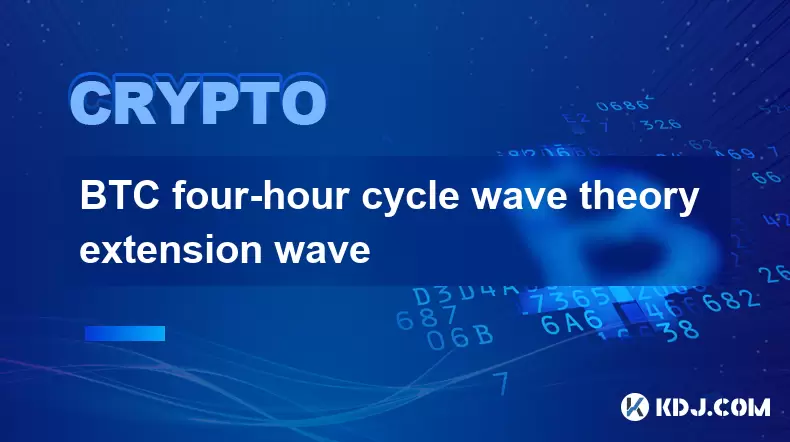
Introduction to BTC Four-Hour Cycle Wave Theory
The BTC four-hour cycle wave theory is a popular analytical tool used by cryptocurrency traders to predict price movements of Bitcoin. This theory is based on the Elliott Wave Principle, which suggests that financial markets move in repetitive cycles influenced by investor psychology. The four-hour cycle specifically focuses on shorter-term trends, making it particularly useful for day traders and those looking to capitalize on short-term price fluctuations. In this article, we will delve into the concept of the extension wave within the BTC four-hour cycle and how traders can use this knowledge to enhance their trading strategies.
Understanding the Basics of Elliott Wave Theory
Before diving into the specifics of the four-hour cycle and extension waves, it's crucial to understand the basics of the Elliott Wave Theory. Developed by Ralph Nelson Elliott in the 1930s, this theory posits that market prices unfold in specific patterns, known as waves. These waves are driven by collective investor psychology and can be categorized into two main types: impulse waves and corrective waves. Impulse waves move in the direction of the larger trend, while corrective waves move against it. The Elliott Wave Theory suggests that a complete cycle consists of eight waves: five impulse waves labeled as 1, 2, 3, 4, and 5, followed by three corrective waves labeled as A, B, and C.
The Four-Hour Cycle in Bitcoin Trading
In the context of Bitcoin trading, the four-hour cycle refers to a specific timeframe that traders use to analyze price movements. This cycle is particularly useful for identifying short-term trends and making quick trading decisions. Within the four-hour cycle, traders look for patterns that align with the Elliott Wave Theory to predict future price movements. The four-hour cycle is divided into smaller waves, which can be further analyzed to identify potential entry and exit points for trades.
Identifying Extension Waves in the Four-Hour Cycle
An extension wave is a significant aspect of the Elliott Wave Theory and can be particularly impactful within the BTC four-hour cycle. An extension wave occurs when one of the impulse waves (typically wave 3 or wave 5) extends beyond the typical length of the other waves. This extension indicates a strong trend and can signal a significant price movement. In the context of the four-hour cycle, identifying an extension wave can provide traders with valuable insights into potential price targets and the strength of the current trend.
Analyzing Extension Waves in BTC Four-Hour Charts
To effectively analyze extension waves within the BTC four-hour cycle, traders need to follow a systematic approach. Here are the steps to identify and analyze extension waves:
- Identify the overall trend: Start by determining the direction of the larger trend on the four-hour chart. This will help you understand whether you are looking for bullish or bearish extension waves.
- Label the waves: Use the Elliott Wave Principle to label the waves on the chart. Look for five impulse waves followed by three corrective waves.
- Measure wave lengths: Calculate the length of each wave to identify any potential extensions. An extension wave will be significantly longer than the other waves.
- Confirm the extension: Once you have identified a potential extension wave, confirm it by looking for other technical indicators such as volume and momentum indicators.
- Set price targets: Use the length of the extension wave to set potential price targets. For example, if wave 3 is an extension, you can project the length of wave 3 to estimate the end of wave 5.
Practical Application of Extension Waves in Trading
Understanding extension waves within the BTC four-hour cycle can significantly enhance a trader's ability to make informed trading decisions. Here are some practical ways to apply this knowledge:
- Entry and exit points: Use the identification of an extension wave to determine optimal entry and exit points for trades. For example, entering a trade during the early stages of an extension wave can maximize potential profits.
- Risk management: Extension waves can help traders set stop-loss orders more effectively. By understanding the potential length of an extension wave, traders can better manage their risk and protect their capital.
- Trade confirmation: Use the confirmation of an extension wave as a signal to enter or exit a trade. This can provide additional confidence in your trading decisions and help filter out false signals.
Technical Tools for Analyzing Extension Waves
Several technical tools can assist traders in identifying and analyzing extension waves within the BTC four-hour cycle. Here are some of the most commonly used tools:
- Fibonacci retracement and extension levels: These levels can help traders identify potential support and resistance levels based on the length of the waves. For example, if wave 3 is an extension, traders can use Fibonacci extension levels to project potential price targets for wave 5.
- Moving averages: Moving averages can help traders identify the overall trend and confirm the presence of an extension wave. For example, if the price is above a long-term moving average, it can indicate a strong bullish trend and the potential for an extension wave.
- Momentum indicators: Indicators such as the Relative Strength Index (RSI) and the Moving Average Convergence Divergence (MACD) can help traders confirm the strength of an extension wave. A strong momentum signal can provide additional confidence in the presence of an extension wave.
Case Study: Identifying an Extension Wave in a BTC Four-Hour Chart
To illustrate the practical application of extension waves within the BTC four-hour cycle, let's consider a hypothetical case study. Suppose we are analyzing a four-hour chart of Bitcoin and notice a strong bullish trend. We label the waves and identify that wave 3 is significantly longer than the other waves, indicating an extension. We measure the length of wave 3 and use Fibonacci extension levels to project potential price targets for wave 5. Based on our analysis, we enter a long position at the beginning of wave 5 and set a stop-loss order below the low of wave 4. As the price reaches our projected target, we exit the trade and realize a profit.
Frequently Asked Questions
Q: How can I differentiate between a regular impulse wave and an extension wave in the BTC four-hour cycle?
A: To differentiate between a regular impulse wave and an extension wave, you need to measure the length of each wave. An extension wave will be significantly longer than the other waves in the sequence. For example, if wave 3 is more than 1.618 times the length of wave 1, it is likely an extension wave.
Q: Are extension waves more common in bullish or bearish trends?
A: Extension waves can occur in both bullish and bearish trends. However, they are often more noticeable in strong trends, whether bullish or bearish. The key is to identify the overall trend and then look for waves that are significantly longer than the others.
Q: Can extension waves be used for long-term trading strategies?
A: While extension waves are typically identified within shorter-term cycles like the four-hour cycle, the principles can be applied to longer-term charts as well. For long-term trading strategies, traders would need to analyze higher timeframe charts, such as daily or weekly charts, to identify extension waves.
Q: What are some common pitfalls to avoid when using extension waves in trading?
A: One common pitfall is mislabeling the waves, which can lead to incorrect predictions. Another pitfall is over-relying on extension waves without considering other technical indicators. It's important to use extension waves as part of a comprehensive trading strategy that includes risk management and confirmation from other indicators.
Disclaimer:info@kdj.com
The information provided is not trading advice. kdj.com does not assume any responsibility for any investments made based on the information provided in this article. Cryptocurrencies are highly volatile and it is highly recommended that you invest with caution after thorough research!
If you believe that the content used on this website infringes your copyright, please contact us immediately (info@kdj.com) and we will delete it promptly.
- Crypto ETFs and Altcoins: Navigating the Wild West with Meme Coins and Tokenized Assets
- 2025-07-27 23:04:06
- Pi Coin in 2026: Will It Be Worth the Wait?
- 2025-07-27 23:10:12
- Dogecoin Price Prediction: Bullish W Pattern Sparks Hope for $1 DOGE
- 2025-07-27 23:15:21
- Bitcoin Price, Portfolio Growth, and the Remittix Alternative: Navigating the Crypto Landscape
- 2025-07-27 23:04:06
- Cryptos to Watch in 2025: Punisher Coin, Chainlink, and the Altcoin Arena
- 2025-07-27 18:30:13
- Bitcoin, Altcoins, Rebound: Navigating the Crypto Comeback Trail
- 2025-07-27 18:30:13
Related knowledge
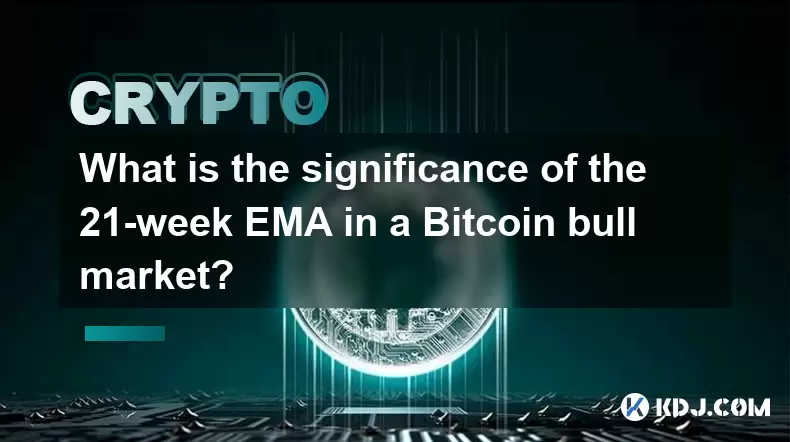
What is the significance of the 21-week EMA in a Bitcoin bull market?
Jul 10,2025 at 06:56pm
Understanding the 21-Week EMA in Cryptocurrency AnalysisThe 21-week Exponential Moving Average (EMA) is a technical indicator widely used by traders a...
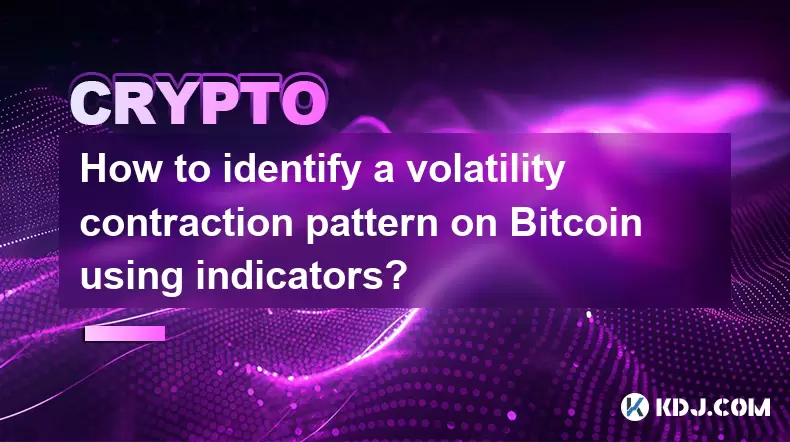
How to identify a volatility contraction pattern on Bitcoin using indicators?
Jul 07,2025 at 07:28am
What is a Volatility Contraction Pattern in Bitcoin Trading?A volatility contraction pattern refers to a phase where the price movement of an asset, s...
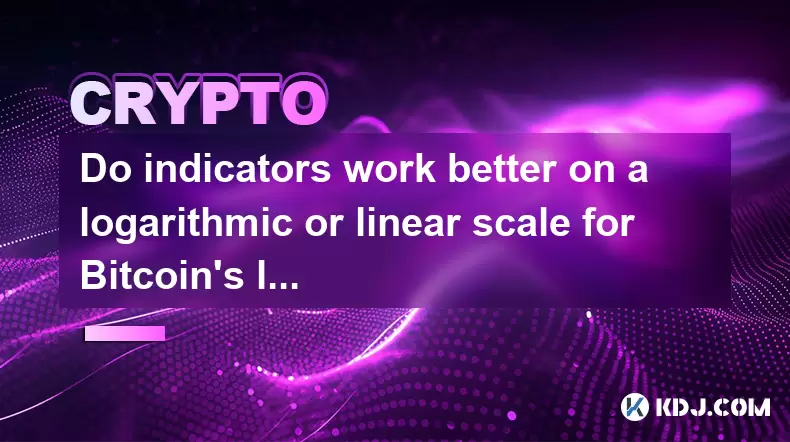
Do indicators work better on a logarithmic or linear scale for Bitcoin's long-term chart?
Jul 08,2025 at 01:42pm
Understanding Chart Scales in Cryptocurrency TradingIn cryptocurrency trading, particularly for analyzing Bitcoin's long-term trends, chart scales pla...

What is the Woodies CCI indicator and can it be used for Bitcoin?
Jul 04,2025 at 05:14pm
Understanding the Woodies CCI IndicatorThe Woodies CCI indicator is a variation of the traditional Commodity Channel Index (CCI), which was originally...
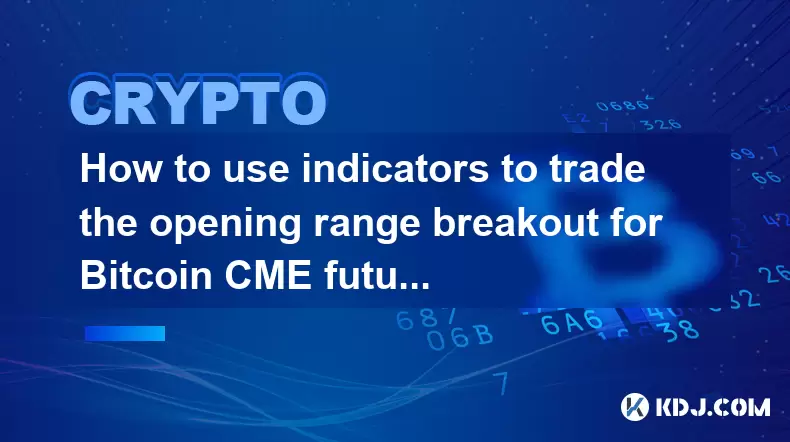
How to use indicators to trade the opening range breakout for Bitcoin CME futures?
Jul 05,2025 at 07:35pm
What Is the Opening Range Breakout Strategy?The opening range breakout (ORB) strategy is a popular trading technique used in both traditional markets ...

How to use the Relative Vigor Index (RVI) for Bitcoin trading?
Jul 07,2025 at 02:00pm
Understanding the Relative Vigor Index (RVI)The Relative Vigor Index (RVI) is a technical analysis tool used to assess the strength of price movements...

What is the significance of the 21-week EMA in a Bitcoin bull market?
Jul 10,2025 at 06:56pm
Understanding the 21-Week EMA in Cryptocurrency AnalysisThe 21-week Exponential Moving Average (EMA) is a technical indicator widely used by traders a...

How to identify a volatility contraction pattern on Bitcoin using indicators?
Jul 07,2025 at 07:28am
What is a Volatility Contraction Pattern in Bitcoin Trading?A volatility contraction pattern refers to a phase where the price movement of an asset, s...

Do indicators work better on a logarithmic or linear scale for Bitcoin's long-term chart?
Jul 08,2025 at 01:42pm
Understanding Chart Scales in Cryptocurrency TradingIn cryptocurrency trading, particularly for analyzing Bitcoin's long-term trends, chart scales pla...

What is the Woodies CCI indicator and can it be used for Bitcoin?
Jul 04,2025 at 05:14pm
Understanding the Woodies CCI IndicatorThe Woodies CCI indicator is a variation of the traditional Commodity Channel Index (CCI), which was originally...

How to use indicators to trade the opening range breakout for Bitcoin CME futures?
Jul 05,2025 at 07:35pm
What Is the Opening Range Breakout Strategy?The opening range breakout (ORB) strategy is a popular trading technique used in both traditional markets ...

How to use the Relative Vigor Index (RVI) for Bitcoin trading?
Jul 07,2025 at 02:00pm
Understanding the Relative Vigor Index (RVI)The Relative Vigor Index (RVI) is a technical analysis tool used to assess the strength of price movements...
See all articles

























































































